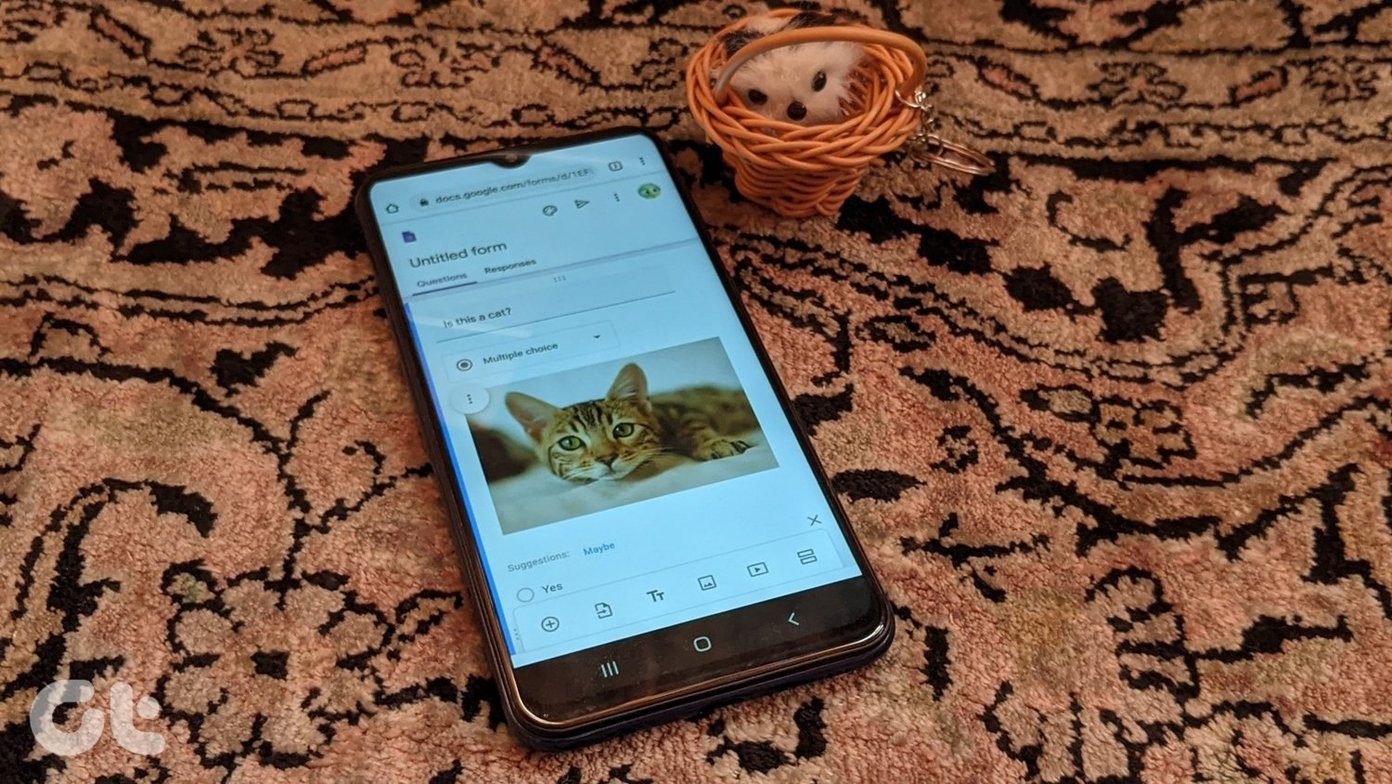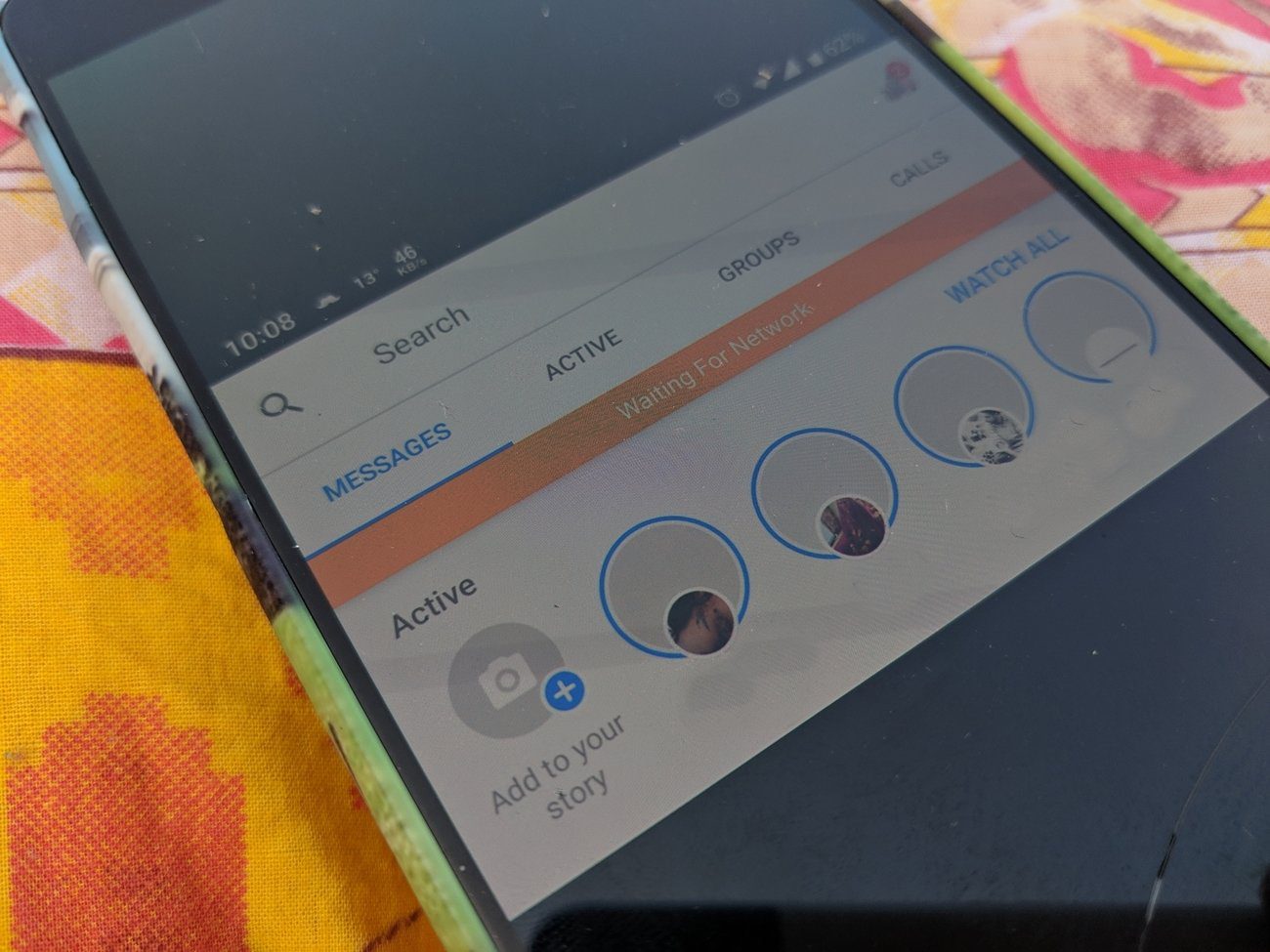The High quality upload mode in Google Photos pretty much guaranteed an unlimited number of photo and video backups on the iPhone and Android. Setting that up is easy—download the Google Photos app and enable the Back up & Sync option to backup the photos from your phone’s gallery app automatically. That was also the case with Google Drive’s Backup and Sync client on Windows and macOS. That’s going to change as Google ends its free unlimited storage options for photos. Google is withdrawing its free unlimited uploads proposition, and soon everything you add to your Google account will eventually count towards your Google Drive storage. There are three ways that Google Photos—and photos and videos in general—will count against your Google Drive storage quota. This is a significant change that you should know about so that you don’t wake up to a full Google Drive storage and then end up having to sift through and delete thousands of files.
1. Uploads in Original Quality
If you use the Original upload setting, either in the Google Photos mobile apps or the Backup and Sync desktop client, your photos and videos will upload in the same quality—and the same file size—that they were originally shot in. If that’s how you’ve been uploading your photos and videos, you don’t have to worry much about your Google Drive storage getting filled up quickly. That said, your uploads will continue to count against the Google Drive storage quota.
2. High Quality Uploads Will Count
Earlier, the High quality setting in Google Photos allowed you to upload unlimited photos and videos to Google Drive. However, that means your photos are compressed to 16-megapixels and videos are downgraded to 1080p. That’s still amazing for what you get in return. Sadly, that won’t be the case starting June 1, 2021. Similar to Original uploads, photos and videos that you back up in High Quality will start to eat into your Google Drive storage quota. If you managed to keep things under Google Drive’s free 15GB of storage all along, then it’s inevitable that you’ll have to upgrade at some point soon.
Thankfully, all the photos that you’ve uploaded before June 1, 2021, will not count toward the storage cap. That means you still have time till backup as many photos in High Quality as you can. Don’t forget that you also compress your Original uploads and free up space—head over to the Google Photos Back & Sync Settings section in the mobile or web app to start converting them. If you own a Pixel smartphone, count yourself as one of the lucky few. Photos and videos that you upload in High quality will not count even after Google begins its new storage policy. That applies to all models from the Pixel 1 to the Pixel 5.
3. Direct Photo Uploads to Google Drive
If you upload photos and videos directly to Google Drive, they will upload as is and count toward your storage. Both Google Photos and Google Drive, despite how interlinked they’re in terms of storage, do not sync photos and videos that you upload ona particular service. They did a while back, but not anymore. So unless you want to store your photos outside Google Photos for some reason, there’s no reason to upload them to Google Drive. Also, you should also note that Google Drive does not have a High quality option setting to upload your images in compressed quality (16-megapixels).
Seismic Shift
Changing the High Quality upload setting to count toward your Google Drive storage is a major change that’s going to leave many users disappointed. Unlimited photo and video uploads were also the likely reason why so many people started using the service in the first place. The catch; it just wasn’t a sustainable backup model from a business standpoint. To Google’s credit, Google Drive is still among the best storage services with 15GB of free storage and competitive pricing tiers. Furthermore, Google Photos is an excellent photo and video manager, and probably one of the best multi-platform services that you can use. If you’re going to be impacted a lot, it’s up to you to weigh the pros and cons, and then decide if you want to stay around or look for alternatives. The above article may contain affiliate links which help support Guiding Tech. However, it does not affect our editorial integrity. The content remains unbiased and authentic.













